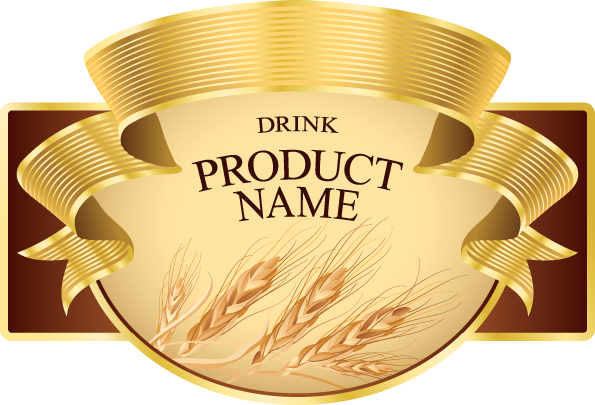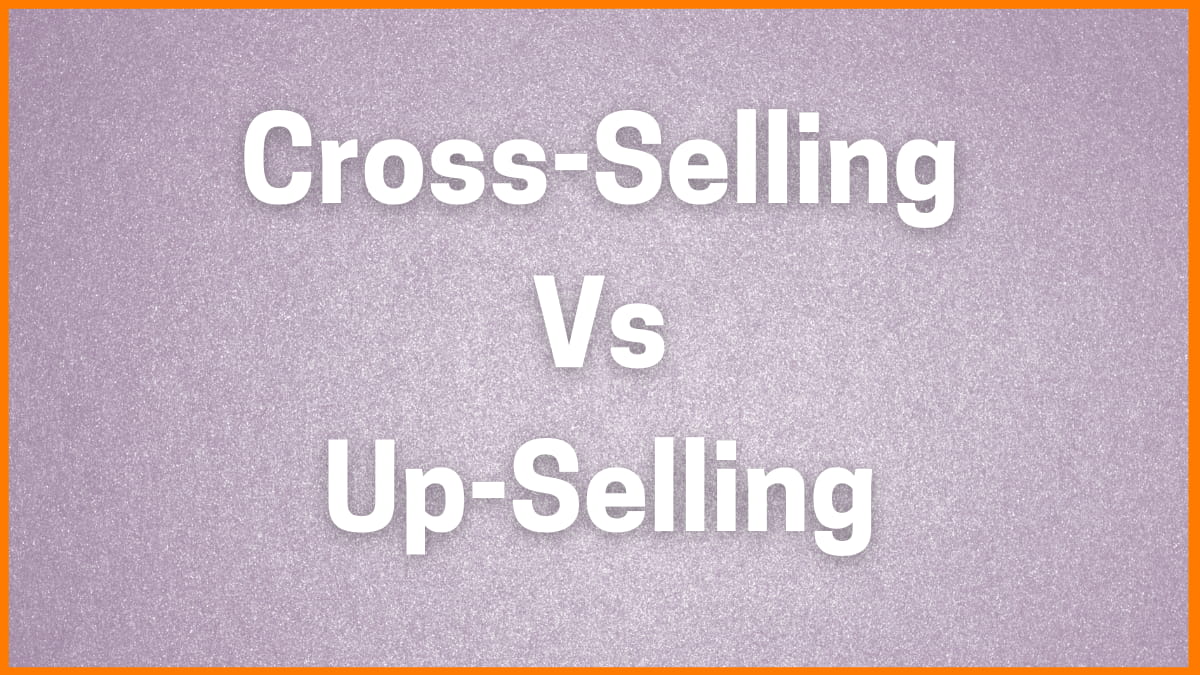Product Label: Know How to Design it Perfectly
Why do some things appear to be more noticeable than others while they sit on the shelf? A well-made label makes a big difference in product’s success. It might be challenging for product to take center stage when buyers make snap judgments based only on appearances.
Product label design:
The appearance and arrangement of the images and text on product labels referred to as the “product label design. A well-designed product label draws the attention of potential customers and highlights the features and advantages of the product, regardless of whether they see it online or on a store shelf.
A well-designed product label not only enhances the product packaging but also functions as educational promotion. Make products stand out by using vibrant labels with attention-grabbing copy and eye-catching designs to entice consumers to buy. Hence it is one of the effective methods to promote the brand to next level without any risk of it.
Ideas to design a good product label
A product’s label serves as its initial impression. It conveys crucial details about the nature of the product and its intended application. It also quickly communicates the ideals of brand. Here’s how to create a strong one.
Conduct research
Investigate competition and target market first. Find out what kind of information is most helpful to email readership by hosting a focus group with members of target market or sending them an online survey. Examine the design fads that rivals have embraced, and come up with ideas for how to differentiate self while maintaining brand identity.
Define budget
It’s simple to overspend on ostentatious design cues and premium materials, but ultimately, the consumer bears the expense of an expensive label, which influences their choice of products. Using a free tool like Canva, you create the product label self or you can opt to engage a professional designer, depending on budget. You can simply hire materials that go well with the packaging of goods without raising the final cost to the customer.
Compile the necessary product data:
There can be more information that has to fit on label in addition to the product name, logo, and description. Before adding brand messaging, collect the bar code, special certificates, ingredient list, and other pertinent data.
Plan the layout
You can begin designing a label once you’ve decided what information it should contain and what kind of materials to utilize. Whether you’re using software to create idea or are drawing it on a napkin, don’t forget to consider margins and the “bleed area.”
Take into account the information hierarchy
Think about information hierarchy next. The name of the product and company emblem should be prominently displayed on a beautiful label because it not only looks good but also conveys important product information. A bar code, the price, and sufficient room for ingredient or product information are also required. The minimum font size that still guarantees reading often six points; larger text should ideally be in a 10-point font.
Balance decorative elements
A few graphic design concepts will help you plan a visually appealing label. White space will assist balance design and provide at least one decorative feature. To distinguish content and add more visual appeal to design, consider using two complimentary typefaces together. However, you don’t want a label that is overly complicated or difficult to understand. Remain limited to two or three hues and steer clear of intricate designs. After you’re done, take a step back and evaluate design from a distance. Does it catch the eye of an onlooker? Could they read it, perhaps? If not, think about what elements of design you may remove. You might shock at how much better the outcome can get.
Proofread work
Seek the assistance of a copyeditor or a friend who pays attention to details to ensure that all of the content is readable, and is spelled correctly. Having a second pair of eyes review the finished piece can also assist you in identifying any unclear or deceptive wording you may have missed.
Create labels.
The most economical approach to print labels will probably depend on how many you’ll need. Smaller orders can probably printed using a home printer, but bigger orders will probably need to print by a lable printing service.
Factors should influence the product label design:
Target market: Who and why should purchase product? What matters to them, and what kind of art appeals to them?
Rivals:
You can plan how to stand out from the competition by looking at recurring themes in the product labels of rivals.
Identity of a brand:
Respect the brand guidelines set forth by business to instill confidence in clients and foster brand loyalty.
Dimensions and form of the container:
The format and content of the information you place on label should influenced by the packaging design and label size. To ensure that clients can read the entire product description on a small container, for instance, you may need to reduce the word count.
Substance:
A customer’s perception of the goods within can be influenced by the label’s substance. A high-end tech item, for instance, might be indicated by a slick matte sticker, yet a thick sheet with embossed letters might indicate a luxury offering.
Product purpose:
Take into account the products’ regular use while creating labels for them. Products for the kitchen or body, for instance, are likely to get wet, thus waterproof labels are a good idea.
Conclusion:
A label that stands out among a crowded field of rivals frequently adheres to these fundamental principles of excellent graphic design.Customers should be able to easily locate and understand the product’s name and description as this is the primary function of the label.An eye-cracking design can be overpowering to look at; an appropriate amount of white space enhances the viewing experience.To create visual interest, consider combining two or three fonts on label in place of just one. Using two contrasting fonts together, or font pairing, can draw the eye in and provide depth.








